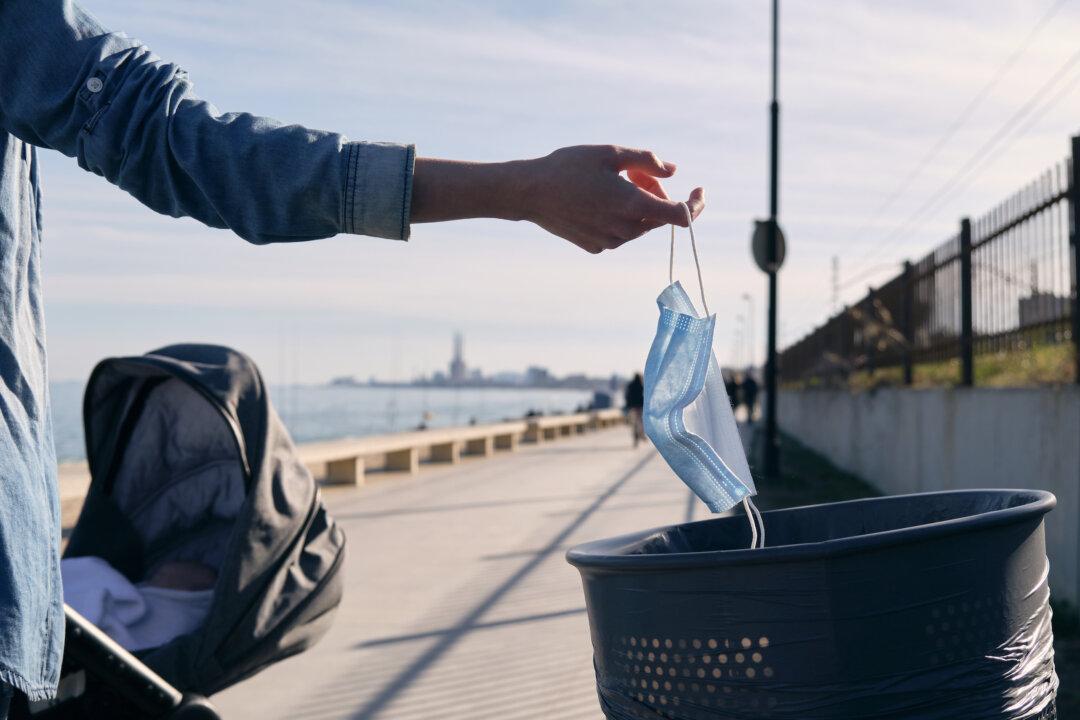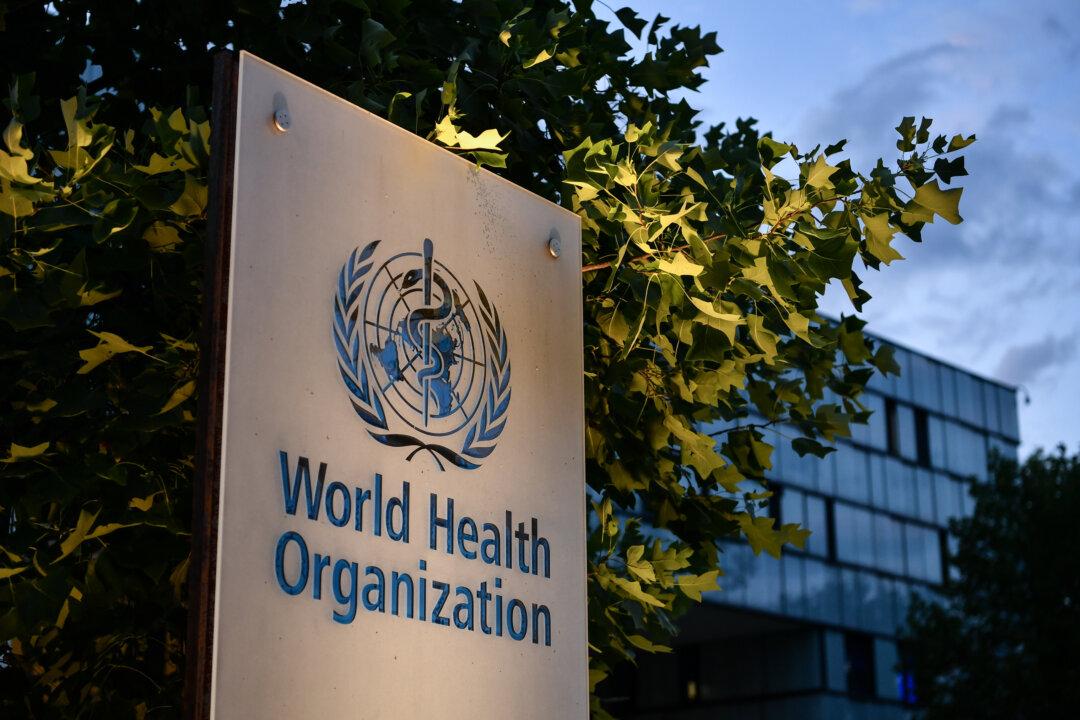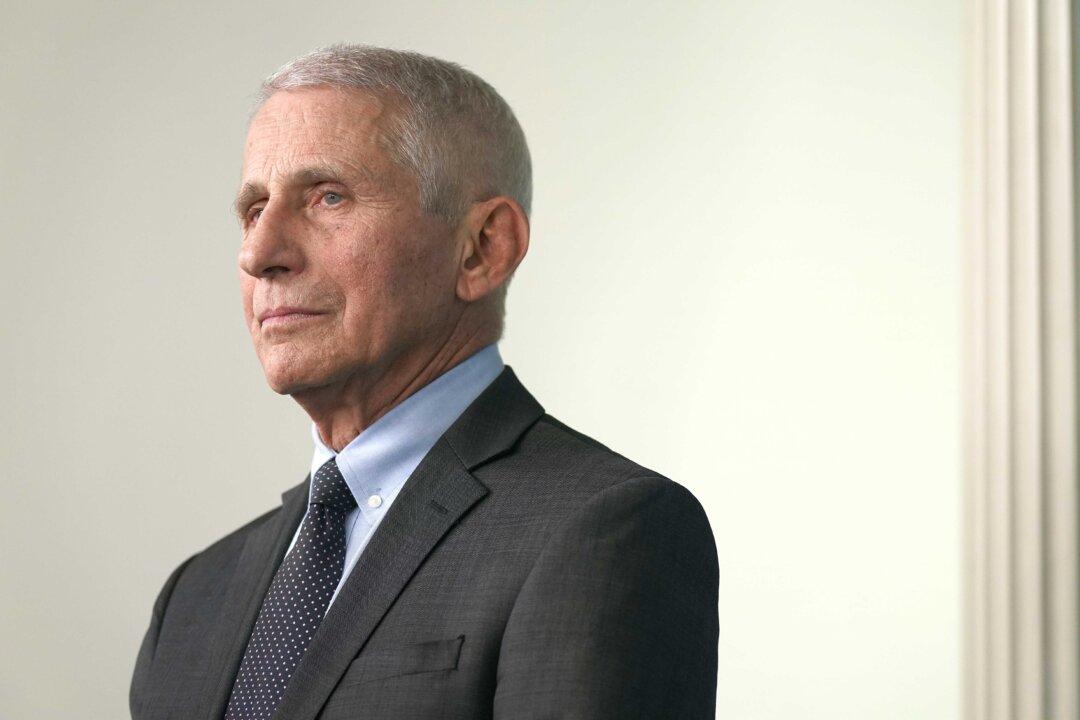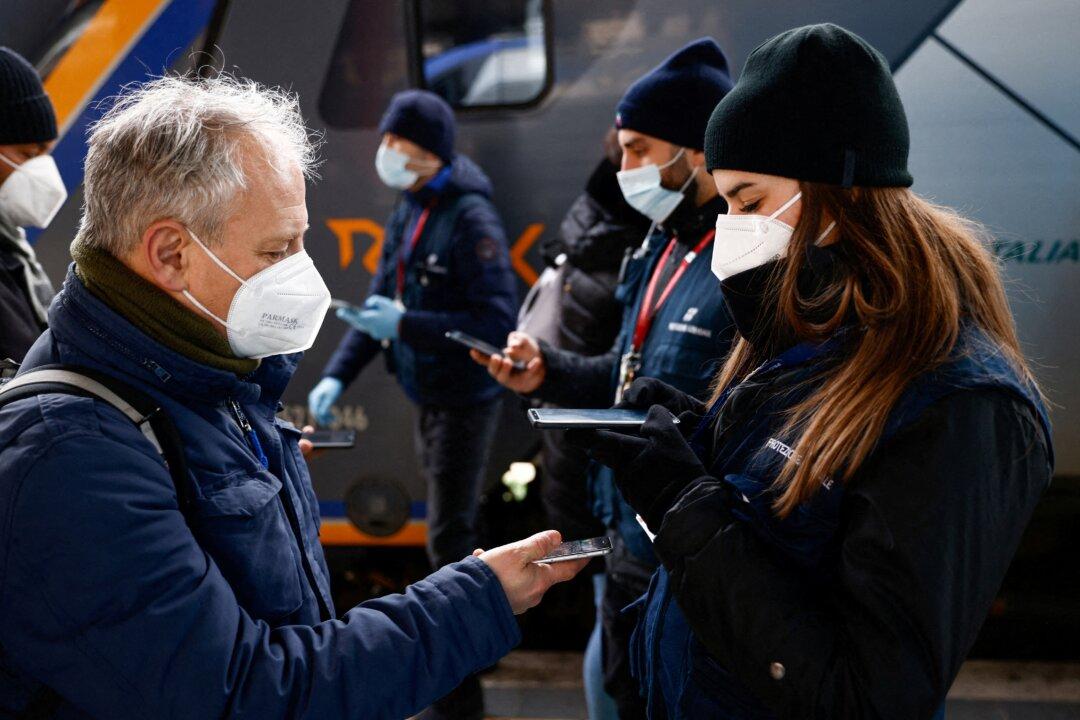The arrival of the omicron variant has led some politicians and public health grandees to call for a return to business closures and ‘circuit-breaker’ lockdowns.
The variant has been found worldwide, including in the United States and the UK. The variant has already surpassed delta—dominant before omicron—in the UK.






